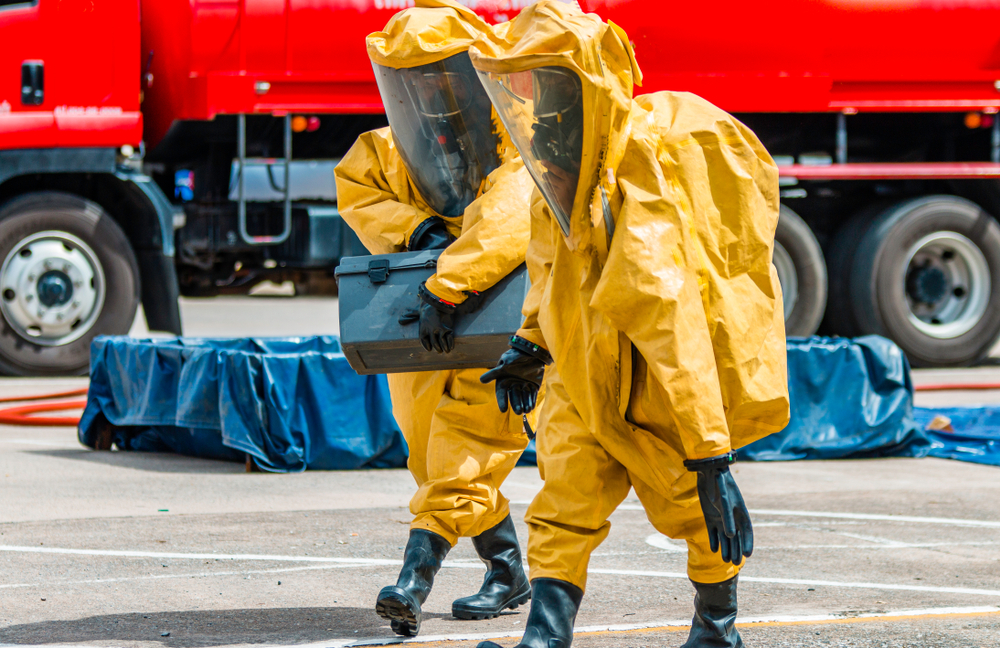
The Department of Homeland Security’s Science and Technology Directorate recently developed a suite of models at its Chemical Security Analysis Center (CSAC) to help federal agencies analyze threats, vulnerabilities, and consequences of potential chemical attacks.
The Chemical Consequence and Threat (CCAT) Tool has a library of 184 chemicals and 37 representative targets and can perform 10,000 calculations in three minutes. It allows users to evaluate the severity of an event by calculating factors that could make the chemical release catastrophic, the current ability to respond to the emergency, and the number of people who would be killed or injured.
“Tools like CCAT provide a systematic and analytical way of prioritizing what we should protect against, how we can best protect against it, what hazards need to be better characterized through experimental work, and where the smartest investments are,” an attack,” Rachel Gooding, CSAC senior research scientist, said. “This is a way of making sure federal dollars are spent the wisest way possible to understand and defend against the most consequential threats we are facing. Ultimately, that is why we are doing it – to save lives.”
The tool provides a range of possible outcomes and takes into consideration parameters such as chemical mass used, population density, evacuation times, and weather conditions.




